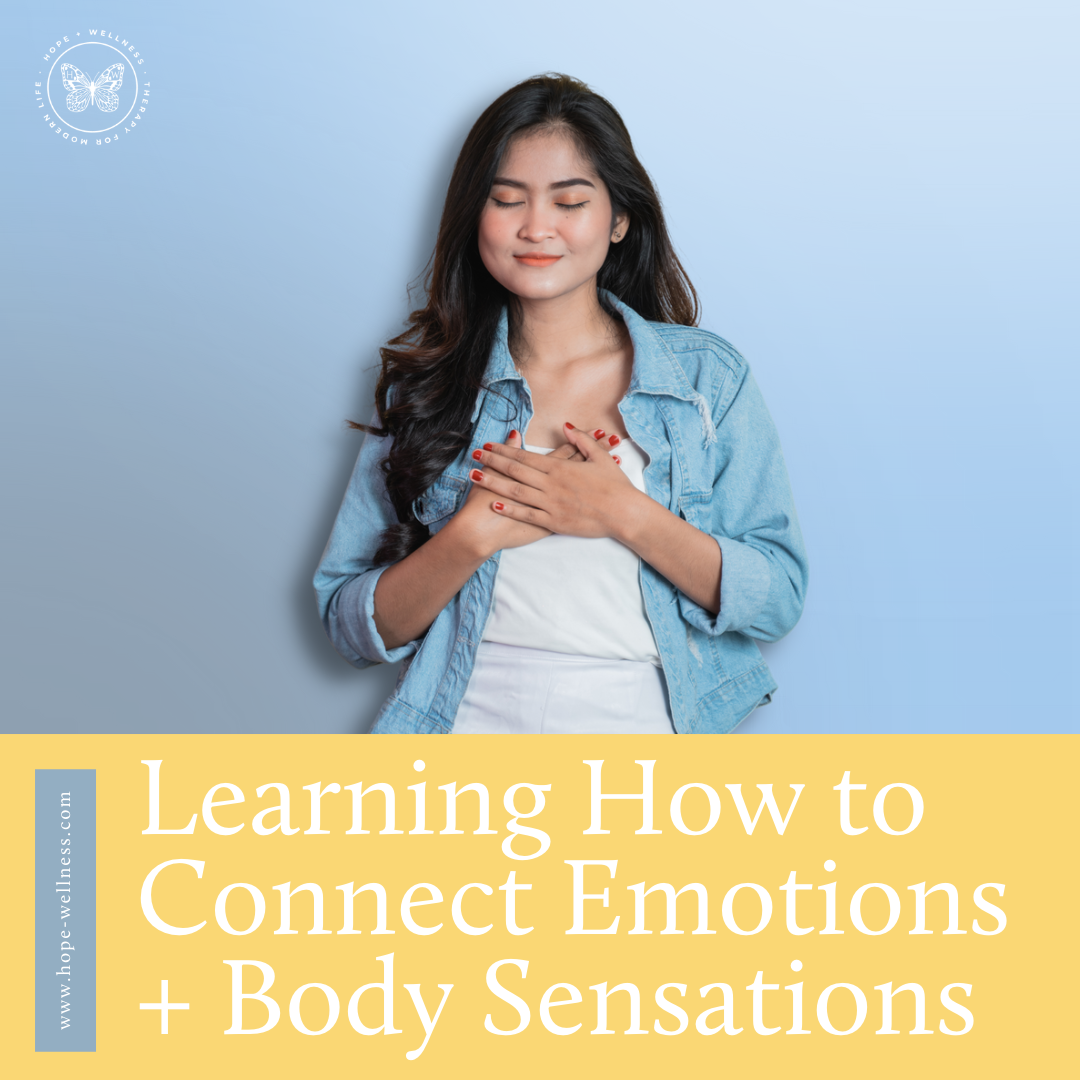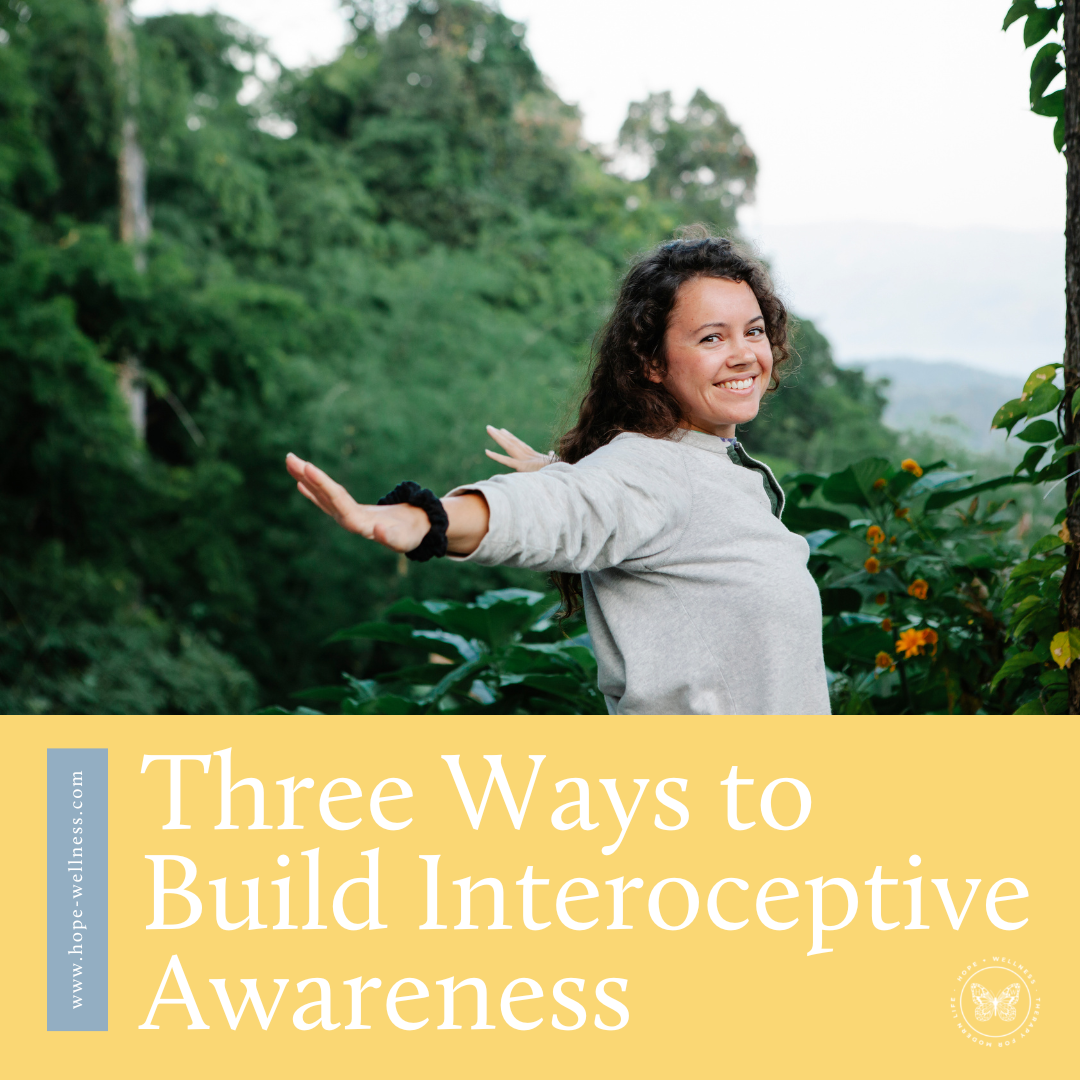
Hope +Wellness Blog
little snippets of advice for everyday challenges many people share

How Mindful Communication Can Improve Your Relationships
There are many benefits to mindfulness, including the ways that mindful communication can enhance relationships. Here are 4 ways that mindful communication can help you improve the relationships that matter to you:

Tending to Plants for Better Mental Health
Have you ever considered the benefit of taking care of something else as part of your own self care process?
It may sound counterintuitive, but it’s true: creating routines where you tend to something else (a pet, a garden, a community project) benefits not just what you’re tending to, but your own mental wellness. Today we’re going to look at tending to plants specifically, but many of the benefits can come from making space to tend to other things (pets, community spaces, etc.) as well.

Mindfulness Tips for When You’re Having a Bad Day
When you’re in the middle of a bad day, you might feel like there’s nothing you can do to feel better in the moment. Depending on the situation, that might be true. However, mindfulness can be a helpful tool to have in your mental toolbox for when tough stuff comes up. Relying on mindfulness can help you make the most of your bad day and gain a sense of peace.

Learning How to Connect Emotions and Body Sensations
Emotions aren’t only felt in the mind. Our bodies react to our environments just like our brains do, and it can be helpful to connect emotions with body sensations so we can better understand what’s going on within us.

3 Ways to Build Interoceptive Awareness
It takes practice to learn how to engage the sense of interoception. Interoceptive awareness builds with time, so the more you can be curious about what’s going on in your body, the better. Here are 3 other ways to strengthen your sense of interoception.

Getting Started with Hiking for Mental Health
One easy way to spend time in nature? Hiking! It’s a wonderful way to build both physical and mental health. Here are a few benefits of hiking.

5 Mental Health Benefits of Spending Time in Nature
The idea that getting some fresh air can be beneficial to health is not a new one. It’s go-to advice for many people, because being outside in nature actually is good for you in a number of ways.
Why is nature so good for mental health? Here are 5 mental health benefits of spending time in nature.

5 Ideas for Soothing Your Nervous System in Tough Times
We all go through seasons in life, and some are harder than others. When times are tough, it can feel like it’s impossible to make yourself feel better. Understanding how our nervous systems respond in tough times can help us come up with better ways to soothe ourselves when we feel distressed.

What to Teach Your Child About Worry
We’ve talked a bit about anxiety in children before, but what about regular worrying? How can we teach our children the difference between the two? And what can we do to help them develop healthy coping skills for both

Mindfulness To Help Anxiety
Do you ever feel like you are overwhelmed by all of the thoughts and feelings taking up space in your head? Most of us have days where we feel like our brains won’t knock it off, but for folks living with anxiety, this can be a constant battle. Your thoughts, feelings, worries, judgments, and decisions take up a lot of space in your brain, and it can be hard to focus on anything else sometimes. One way to give yourself a buffer between you and the noise in your head is to develop a mindfulness practice.
Hope+Wellness is a mental health practice specializing in the treatment of depression, mood, stress, and anxiety in kids, teens, and adults. This is a blog about living well and finding meaning and purpose in the face of difficult challenges. This is a blog about finding hope.
Archive
- ACT
- ADHD
- Acceptance
- Anxiety
- Authenticity
- Belonging
- Bipolar
- CBT
- Calming
- Change
- Chronic Illness
- Chronic Pain
- Communication
- Community
- Coping Skills
- DBT
- Dating
- Depression
- EMDR
- Emotions
- Entrepreneurs
- Friendship
- Gratitude
- Grief
- Health Psychology
- Hope
- Inspiration
- Intimacy
- Intuition
- Joy
- Letting Go
- Love
- Manic Depression
- Mindfulness
- Miscarriage
- OCD
- Parenting
- Personal Growth
- Positive Vibes
- Quotes
- Relationships
- Resources
- Self-Compassion
- Self-Reflection
- Services
- Sleep
- Spirituality
- Stress Management
- Stress Relief
- Suffering